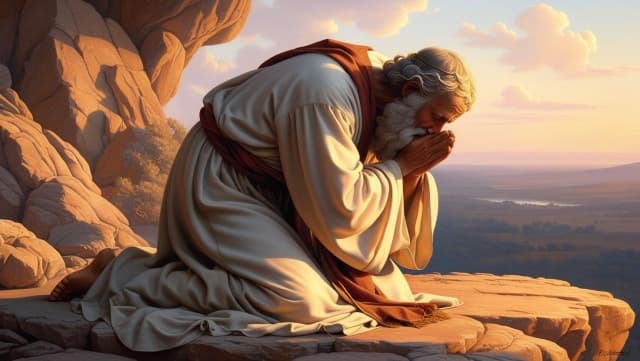Ancient Wine Press from the Reign of Sargon
Archaeologists have discovered a large wine factory in Iraq dated circa 700 BCE. In addition, the archaeologists discovered several monumental rock-carved royal reliefs. Both the wine press and the royal reliefs are dated to the reign of the Assyrian king Sargon II (722–705 BCE).
Carvings on the walls of an irrigation canal in ancient Nineveh (Photo: AFP photo/Ho/Terra Di Ninive)
In an article published on Yahoo News, the archaeologists involved in the discovery provide information about their discovery:
Carvings discovered on the walls of an ancient irrigation canal near Faydeh in the Nineveh area of northern Iraq (AFP Photo/Ho/Terra Di Ninive)
The stone bas-reliefs, showing kings praying to the gods, were cut into the walls of a nearly nine-kilometre-long (5.5-mile) irrigation canal at Faida in northern Iraq.
The carvings, 12 panels measuring five metres (16 feet) wide and two metres tall, show gods, kings and sacred animals. They date from the reigns of Sargon II (721-705 BC) and his son Sennacherib (704-681 BC).
“The scenes represent the Assyrian king praying in front the Assyrian gods,” the archaeologists said, noting that the seven key gods are all seen, including Ishtar, the goddess of love and war, who is depicted on top of a lion.
The team unearthed giant stone basins cut into white rock that were used in commercial wine-making during the reign of Sennacherib, in the late 8th or early 7th century BC.
“We have found 14 installations, that were used to press the grapes and extract the juice, which was then processed into wine.”
The irrigation canal was cut into limestone to carry water from the hills to the fields of farmers, and the carvings were made to remind people of the king who ordered its construction.
“The king, in this way, wanted to show to the people living in the area that he was the one who has created these massive irrigation systems, so . . . the people should remember this and remain loyal.”
These discoveries illustrate the benefit of archaeology in providing the tools for a better understanding of the people of the Bible. Archaeology studies activities of people and how they lived through the recovery of art, tools, clothing, and artifacts. Through the analysis of material culture, archaeologists can recreate and evaluate the life and culture of people who lived in the past.
These findings are important because they reflect one aspect of life in Assyria during the reigns of two important Assyrian kings.
Claude Mariottini
Emeritus Professor of Old Testament
Northern Baptist Seminary
NOTE: Did you like this post? Do you think other people would like to read this post? Be sure to share this post on Facebook and share a link on Twitter or Tumblr so that others may enjoy reading it too!
I would love to hear from you! Let me know what you thought of this post by leaving a comment below. Be sure to like my page on Facebook, follow me on Twitter, follow me on Tumblr, Facebook, and subscribe to my blog to receive each post by email.
If you are looking for other series of studies on the Old Testament, visit the Archive section and you will find many studies that deal with a variety of topics.














